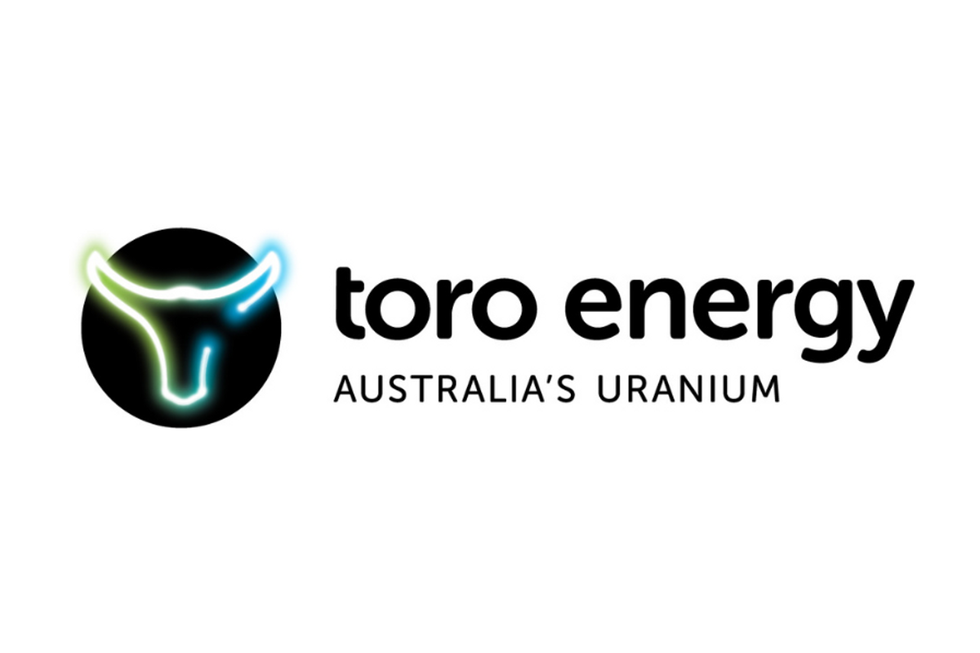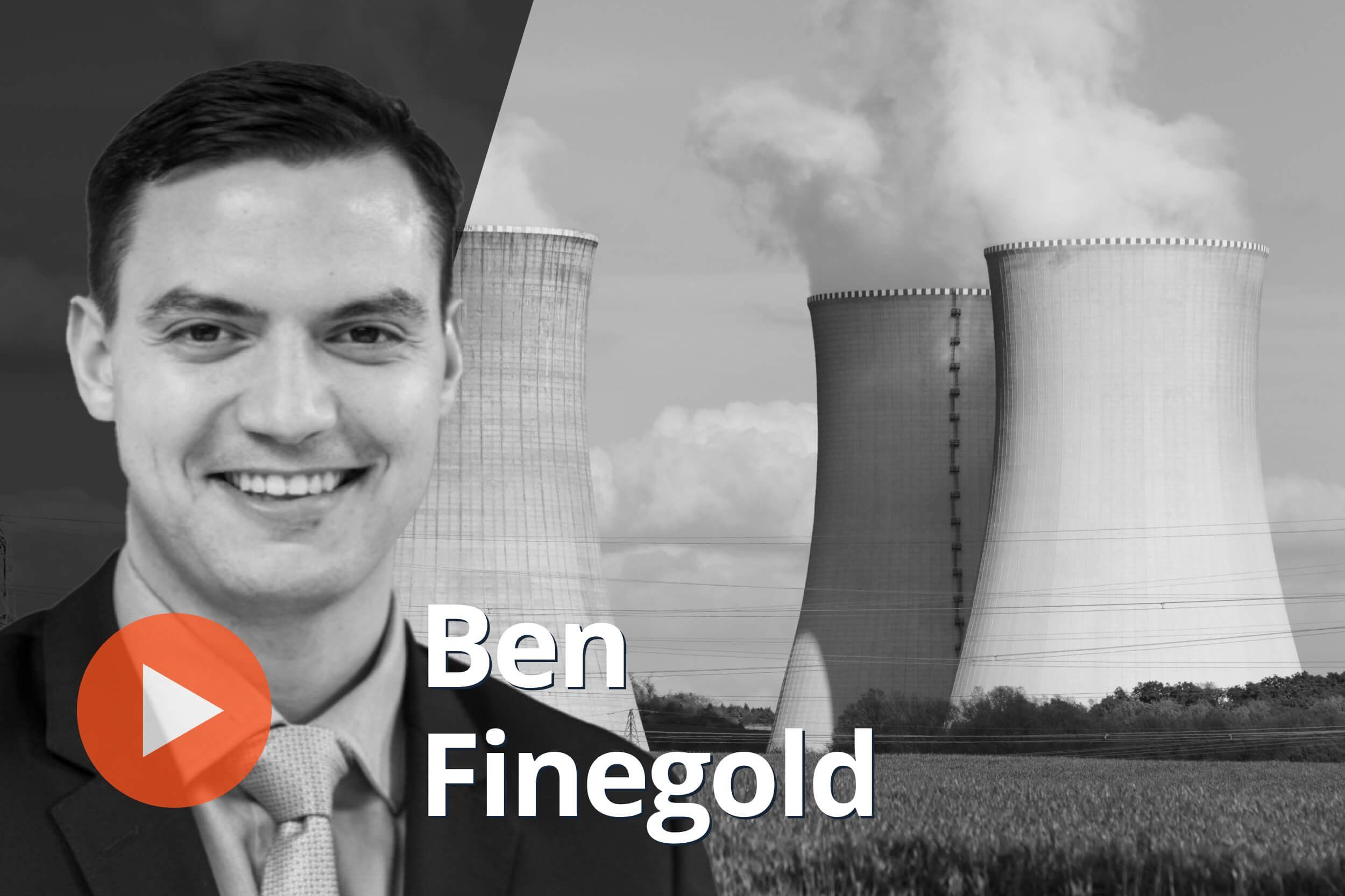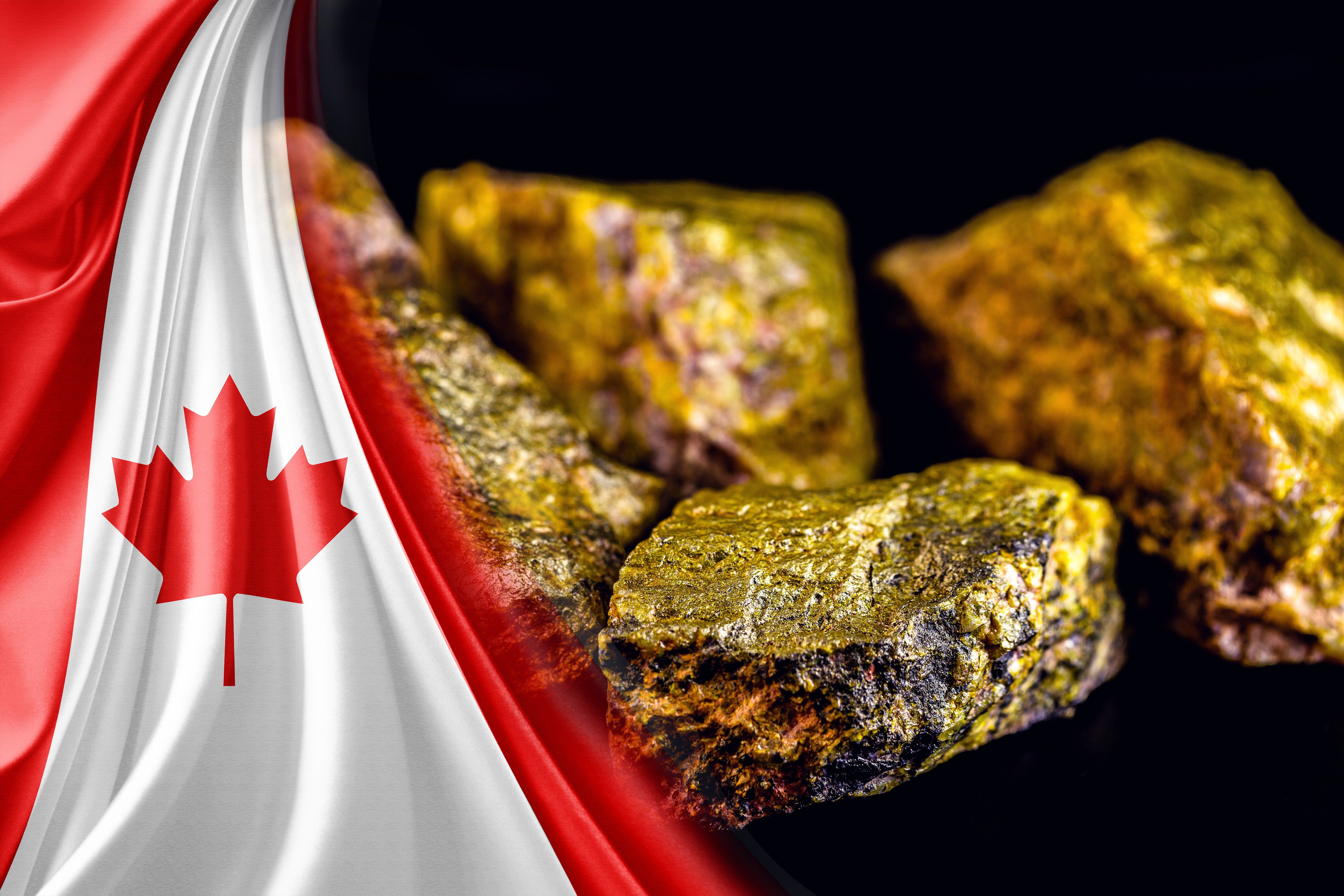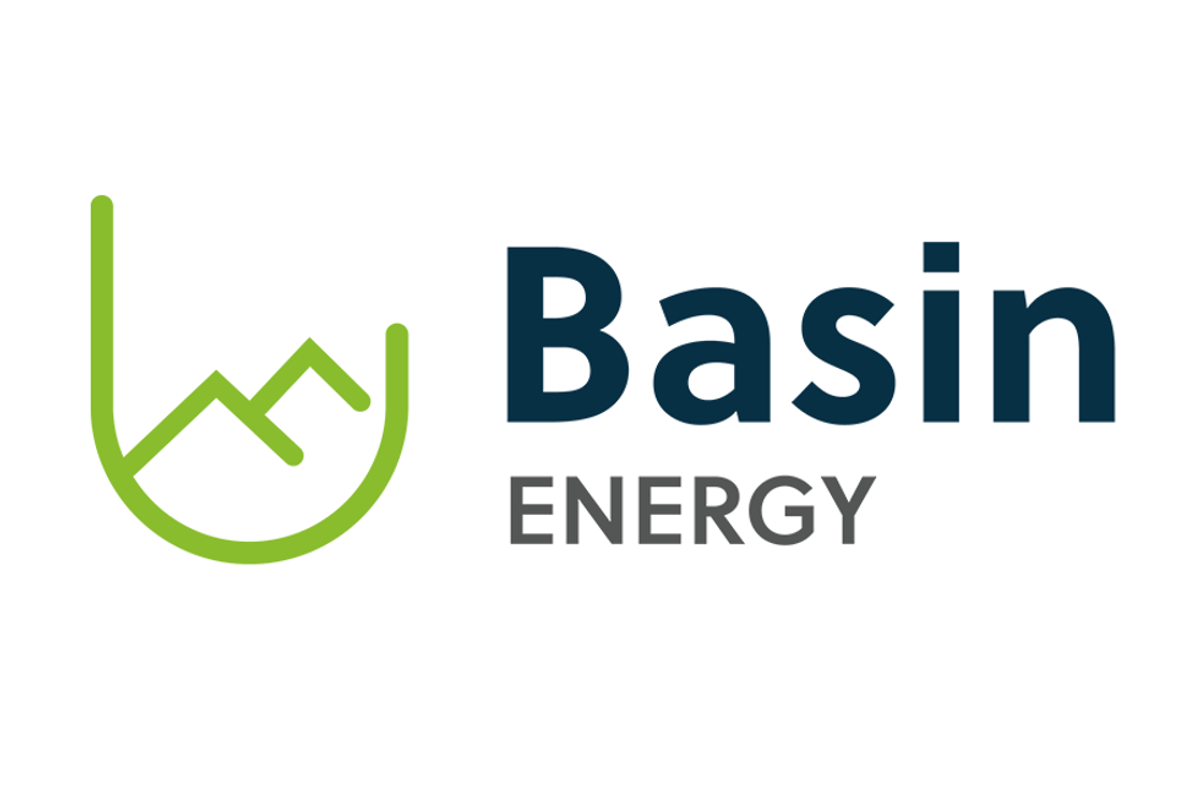
July 23, 2024
Pilot plant design close to completion with start-up aimed for H2 2024
Toro Energy Limited (ASX: TOE) (‘the Company’ or ‘Toro’) is pleased to announce that the Company is continuing to advance its plans to begin operation of a pilot plant for its Wiluna Uranium Project in the second half of 2024.
- Design phase for the pilot plant commissioned by Toro is nearing completion ahead of planned start-up later this year
- Sonic drill programs designed to supply material feed to the pilot plant from all three deposits approved by the Department of Energy, Mines, Industry Regulation and Safety (DEMIRS)
- Detailed reworking of the geometallurgical models for all three deposits, to ensure the drill plan is representative of all ore types likely to be mined and processed, has been initiated
- Pilot plant will test the improved beneficiation & hydrometallurgical circuit developed by Toro at closer to production scale
- Pilot plant to test potential ore from all three uranium deposits – Lake Maitland, Lake Way and Centipede-Millipede – these deposits could potentially underpin an expanded Lake Maitland operation
- Project optimisation work continues to evaluate further economic improvements driven by Lake Maitland’s close proximity to Toro’s 100% owned Centipede- Millipede and Lake Way uranium deposits within Wiluna by the potential integration of additional resources from these deposits. Strong improved financial outcomes from the updated Lake Maitland Scoping Study include:
- Pre-tax NPV8 of A$832.8M (+37% increase of A$223.20M)
- Excellent 48% IRR (+7% increase)
- Total EBITDA of $2,303.3M (+30% increase of A$534.4M)
- Total undiscounted cash flow of A$1,903.3M pre-tax – average >$2M per week (+36% increase of A$507.3M)
- Short payback period of 2.1 years
- Low C1 operating cost of US$17.28/lb U3O8 in years 1 to 7 when high grade uranium resource is being processed
- Strong life of mine C1 operating cost of only US$24.78/lb U3O8
- Low AISC cost of US$22.58/lb U3O8 in years 1 to 7 when high grade uranium resource is being processed
- Strong life of mine AISC cost of only US$30.55/lb U3O8
- Modest total CAPEX of US$149M plus 20% for contingency and 15% for EPCM over a 17.5 year mine life producing a total of 22.8Mlbs U3O8 and 11.9 Mlbs V2O5
Management Commentary
Commenting on the update Toro’s Executive Chairman, Richard Homsany, said:
“Toro continues to advance important workstreams across our flagship Wiluna Uranium Project in WA, and we are pleased to report that work on the pilot plant design is nearing completion. The pilot plant is an important step in demonstrating the potential scale and value of not only the Lake Maitland Uranium deposit, but of the entire Wiluna Uranium Project.
This latest body of work further builds upon the excellent economics resulting from the updated Lake Maitland Scoping Study which confirmed a significant uplift of 36% or A$223M in pre-tax NPV8 to A$832.8M.
It should be emphasised that the pilot plant will aim to test potential ore from all three uranium deposits – (1) Lake Maitland (2) Lake Way and (3) Centipede-Millipede – that Toro believes could contribute to an extended Lake Maitland processing operation. The proximity of Lake Way and Centipede-Millipede to Lake Maitland provides Toro with valuable optionality to substantially increase the feasibility of the broader Wiluna Uranium Project beyond the A$832M NPV8 resulting from the updated stand-alone Lake Maitland Scoping Study. Another outcome could be that Lake Way and Centipede-Millipede sustain a separate feasible mining and processing operation to that at Lake Maitland.
Toro remains committed to ensuring the Wiluna Uranium Project is ready to be brought into production when government policy aligns. Our ongoing evaluation work, in a strong global uranium market and backdrop of an evolving sophisticated nuclear energy debate in Australia, is exciting for Toro shareholders and potential investors.”
Click here for the full ASX Release
This article includes content from Toro Energy, licensed for the purpose of publishing on Investing News Australia. This article does not constitute financial product advice. It is your responsibility to perform proper due diligence before acting upon any information provided here. Please refer to our full disclaimer here.
TOE:AU
The Conversation (0)
12 October
IsoEnergy to Acquire Toro Energy
Toro Energy (TOE:AU) has announced IsoEnergy to Acquire Toro EnergyDownload the PDF here. Keep Reading...
12 October
Joint Investor Presentation
Toro Energy (TOE:AU) has announced Joint Investor PresentationDownload the PDF here. Keep Reading...
12 October
IsoEnergy to Acquire Toro Energy, Strengthening a Top-Tier Uranium Portfolio in a Rising Market
PERTH, Australia - Oct. 13, 2025 - IsoEnergy Ltd. ("IsoEnergy") (NYSE American: ISOU) (TSX: ISO) and Toro Energy Ltd. ("Toro") (ASX: TOE,OTC:TOEYF) are pleased to announce that they have entered into a scheme implementation deed (the " SID ") pursuant to which, among other things, IsoEnergy has... Keep Reading...
31 July
Quarterly Activities and Cashflow Report June 2025
Toro Energy (TOE:AU) has announced Quarterly Activities and Cashflow Report June 2025Download the PDF here. Keep Reading...
27 May
Updated Scoping Study Results Lake Maitland Uranium Project
Toro Energy (TOE:AU) has announced Updated Scoping Study Results Lake Maitland Uranium ProjectDownload the PDF here. Keep Reading...
19 December
Ben Finegold: Uranium in 2026 — Price Outlook, Plus Stocks, Supply and Demand
Ben Finegold, head of research at Ocean Wall, shares his 2026 outlook for uranium supply, demand and prices, emphasizing that the nuclear energy story remains strong. While 2025 brought little movement in the spot price, he believes the stage is set for higher numbers. Don't forget to follow us... Keep Reading...
19 December
Denison, Skyharbour Finalize Saskatchewan Uranium Joint Venture Deal
Denison Mines (TSX:DML,NYSEAMERICAN:DNN) has closed a previously announced deal with Skyharbour Resources (TSXV:SYH,OTCQX:SYHBF) that repurposes a large block of uranium exploration ground surrounding Denison's flagship Wheeler River project in Northern Saskatchewan.The recent transaction... Keep Reading...
18 December
5 Best-performing Canadian Uranium Stocks of 2025
The uranium market moved through 2025 with less drama than the previous year, but the quieter tone masked a sector still tightening beneath the surface. After 2024’s surge to two-decade highs, in 2025, U3O8 prices traded in a narrower US$20 range in 2025, slipping to a low of US$63.71 in March... Keep Reading...
18 December
Resource Expansion Drilling Confirms 3,000 metres of New Uranium Trends with Best Drill Hole of 1.4 GT over 7.6 metres
Resource expansion drilling of 50 holes completed at Lo Herma as planned yielding significant mineralised extensions over 3km to the north of proposed Mine Units 1 and 2. Drilling delivered AMU’s strongest intercept to date ahead of 2026 MRE and Scoping Study updates at AMU’s flagship Lo Herma ISR Uranium Project in Wyoming’s Powder River Basin.
American Uranium Limited (ASX:AMU, OTC:AMUIF) (American Uranium, AMU or the Company) is pleased to advise that 2025 resource expansion drilling at its Lo Herma ISR uranium project in Wyoming’s Powder River Basin (Lo Herma, the Project) has been completed according to plan with the drilling of 50... Keep Reading...
17 December
Completes phase one drilling and expands Sybella-Barkly
Basin Energy (BSN:AU) has announced Completes phase one drilling and expands Sybella-BarklyDownload the PDF here. Keep Reading...
17 December
Top 5 Uranium News Stories of 2025
Uranium prices stayed fairly steady in 2025, but experts agree its long-term outlook is compelling, Demand picked up from reactor restarts, new nuclear construction projects and growing interest in small modular reactors. Meanwhile, supply constraints continued as miners faced issues ramping up.... Keep Reading...
Latest News
Interactive Chart
Latest Press Releases
Related News
TOP STOCKS
American Battery4.030.24
Aion Therapeutic0.10-0.01
Cybin Corp2.140.00






